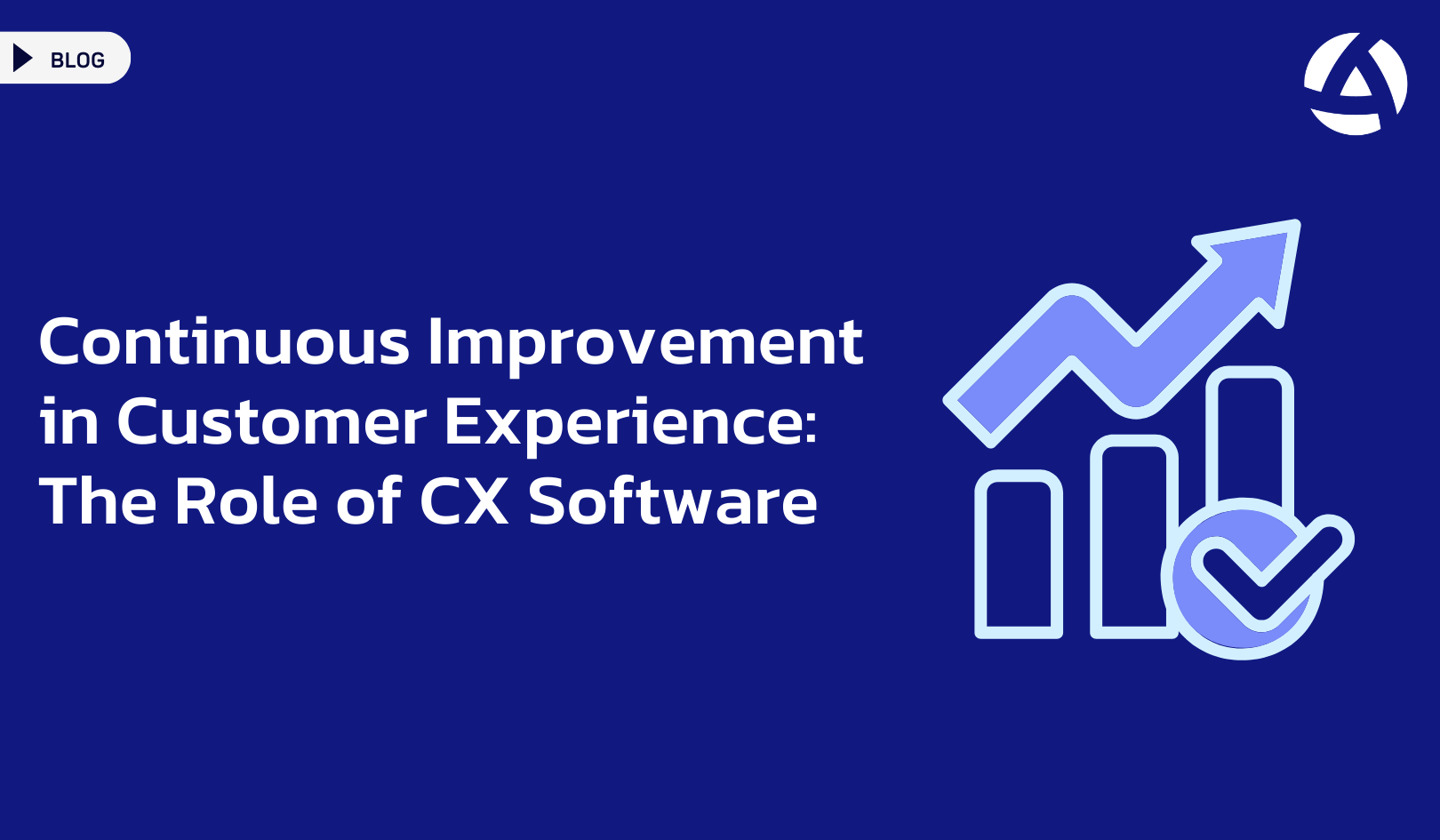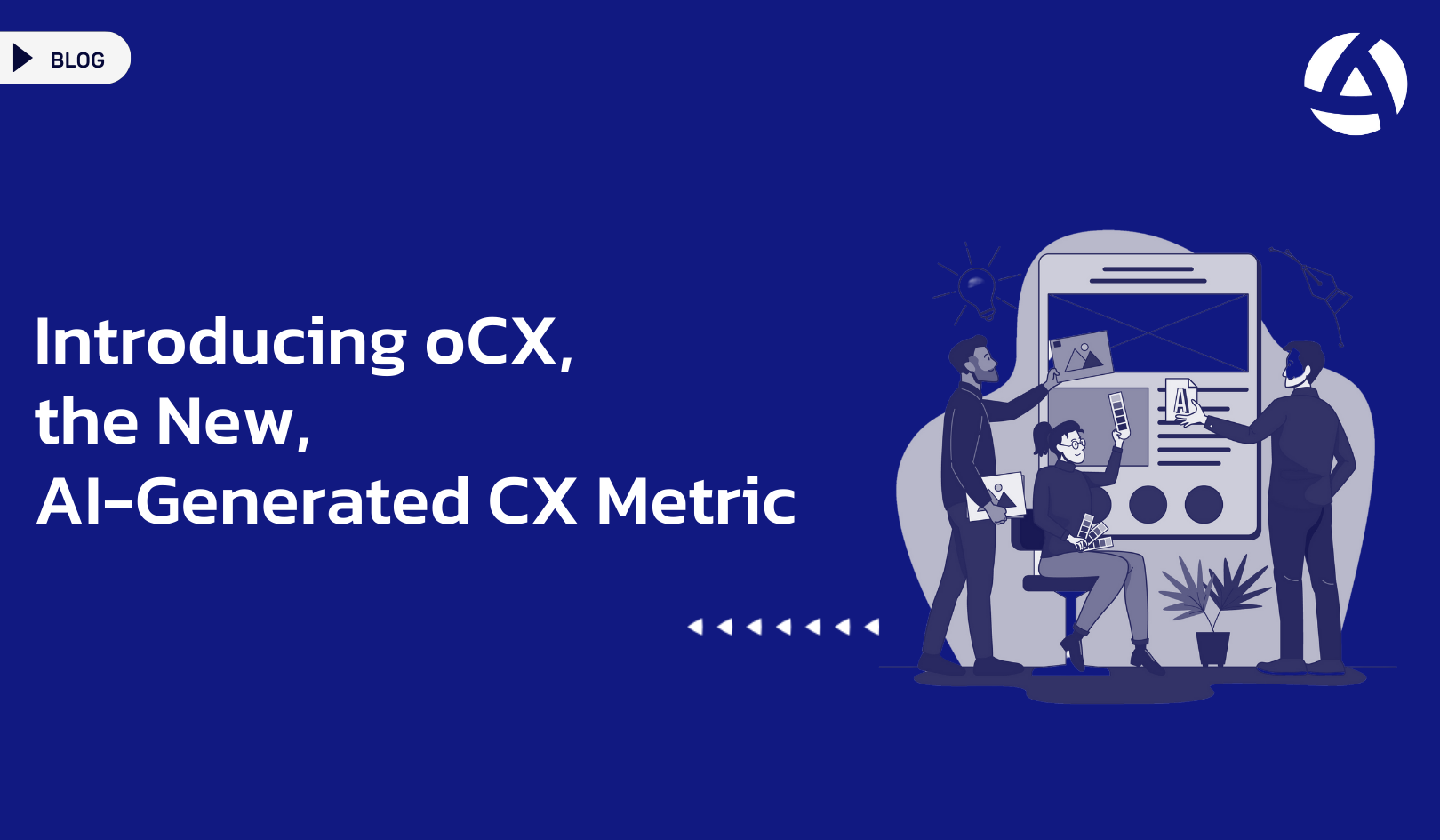Text analytics has become an indispensable tool for businesses aiming to enhance their customer experience strategies. By leveraging the capabilities of a robust CX platform, companies can transform unstructured textual data into valuable insights, driving informed decision-making and improving customer satisfaction.
Understanding Text Analytics
Text analytics involves the process of converting unstructured text data into structured data, enabling businesses to extract meaningful information. This technique encompasses various methods, including natural language processing (NLP), sentiment analysis, and topic modeling. When integrated with a comprehensive CX platform, text analytics can significantly impact customer experience management.
Benefits of Text Analytics in a CX Platform
- Uncovering Customer Sentiments: By analyzing customer feedback from various sources such as reviews, social media, and surveys, a CX platform can identify underlying sentiments. This allows businesses to understand customer emotions and perceptions, enabling them to address concerns and capitalize on positive feedback.
- Identifying Trends and Patterns: Text analytics can reveal emerging trends and recurring patterns in customer feedback. Whether it’s a common complaint about a product feature or praise for exceptional service, recognizing these trends helps businesses prioritize improvements and innovations.
- Enhancing Customer Support: By categorizing and analyzing support tickets and chat logs, a CX platform can streamline customer support operations. Identifying frequent issues and common queries allows companies to develop more effective FAQs, knowledge bases, and automated support solutions.
- Personalizing Customer Interactions: Understanding the language and preferences of customers enables businesses to tailor their communications. Personalized messages and offers based on text analytics can significantly enhance customer engagement and loyalty.
- Improving Product Development: Feedback collected through text analytics provides invaluable insights for product development. By understanding customer needs and preferences, businesses can create products that better meet market demands, leading to higher customer satisfaction.
Implementing Text Analytics with a CX Platform
- Data Collection: The first step is gathering textual data from various customer touchpoints. This includes online reviews, social media comments, customer support interactions, and survey responses. A comprehensive CX platform can aggregate this data efficiently.
- Natural Language Processing (NLP): Utilizing NLP techniques, the CX platform processes and interprets the textual data. NLP algorithms can identify sentiment, detect topics, and recognize entities within the text, transforming raw data into actionable insights.
- Sentiment Analysis: Sentiment analysis helps determine the emotional tone of the text. By categorizing feedback into positive, negative, or neutral sentiments, businesses can gauge overall customer satisfaction and identify areas needing attention.
- Topic Modeling: Topic modeling involves identifying key themes and subjects within the text data. This method groups related words and phrases, providing a clear picture of what customers are discussing most frequently.
- Actionable Insights: The final step is translating the analyzed data into actionable insights. A CX platform can generate reports and visualizations that highlight key findings, helping businesses make informed decisions to improve customer experience.
Overcoming Challenges with Text Analytics
Implementing text analytics in a CX platform does come with challenges. One major hurdle is the sheer volume of unstructured data generated daily. Businesses must ensure their CX platform can handle large datasets and process them efficiently. Additionally, accurately interpreting the context and nuances of customer feedback requires sophisticated NLP algorithms. Investing in a CX platform with advanced AI capabilities is crucial for overcoming these challenges.
Another challenge is integrating text analytics with existing customer experience strategies. Businesses need to align text analytics insights with their overall CX goals and ensure seamless communication between departments. By fostering a data-driven culture and encouraging collaboration, companies can maximize the benefits of text analytics.
Conclusion
Text analytics, when integrated with a powerful CX platform, offers businesses a strategic advantage in managing and enhancing customer experience. By uncovering sentiments, identifying trends, and providing personalized interactions, text analytics transforms unstructured data into a goldmine of insights. Businesses that harness this power are better equipped to meet customer needs, drive satisfaction, and foster loyalty in an increasingly competitive market.




